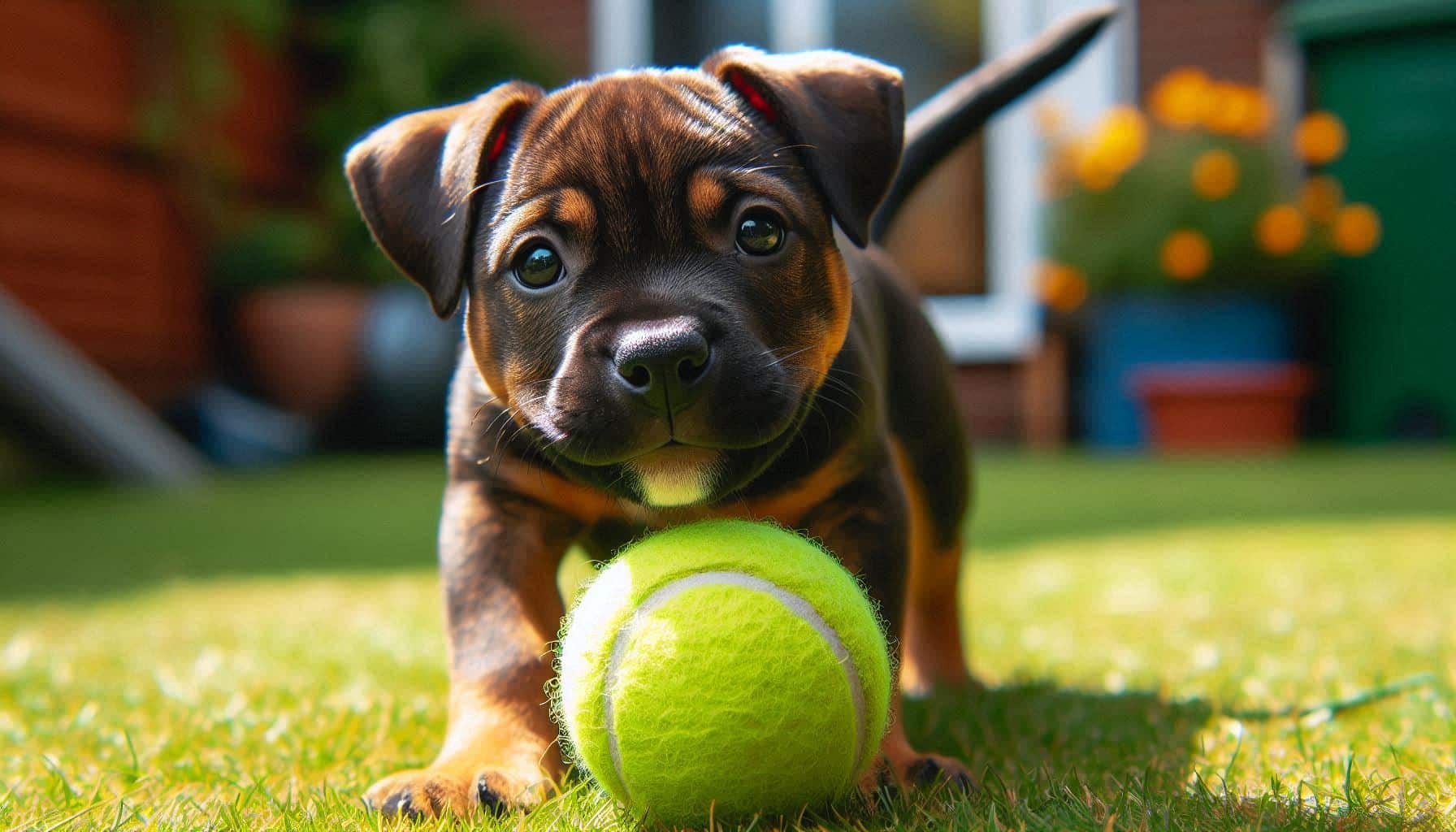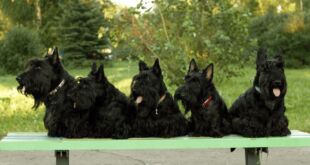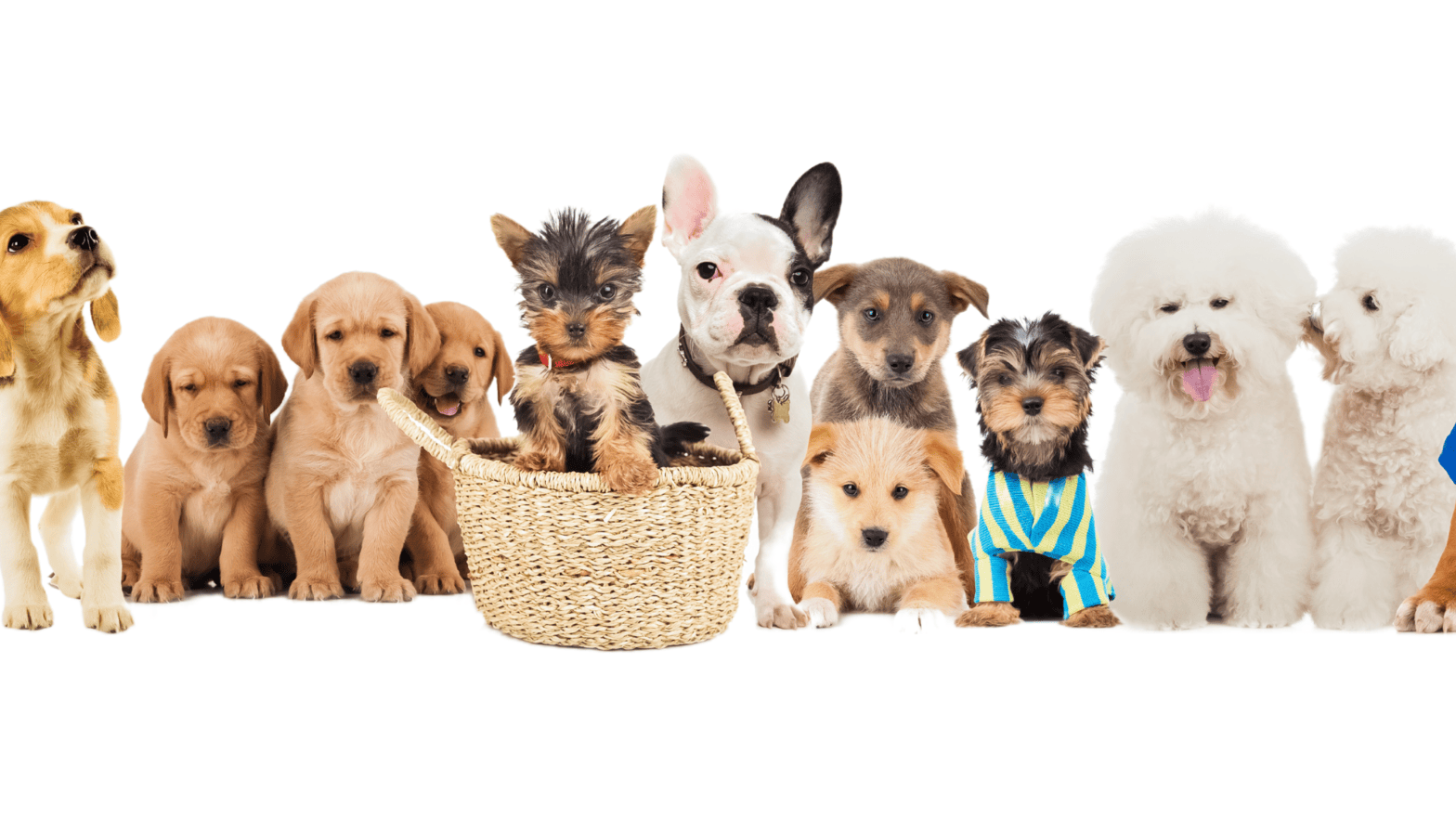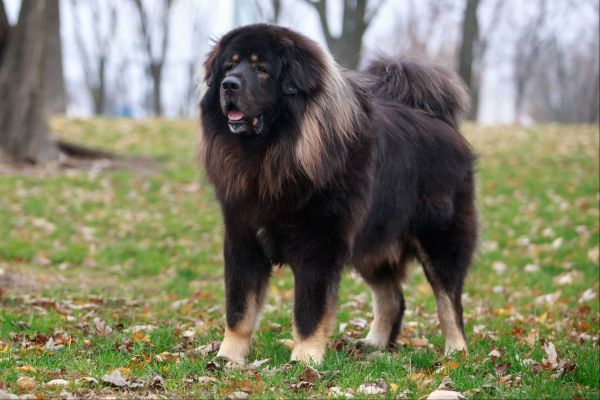Do you want to learn about the variety of Pit Bull dog breeds? These feared dogs may also be the most misunderstood dog breeds, recognized for their power, devotion, and loving behavior.
In this blog post, we will investigate the background of these extraordinary canines, examine the various kinds of Pit Bull varieties, and offer information on their distinct traits, well-being, and training requirements. If you have been a fan of Pit Bulls for a while or are thinking about getting one, this guide will assist you in comprehending and valuing these faithful pets.
When Bronwen Dickey, writer of the infamous Pit Bull: The Battle Over an American Icon, brought her new dog home, she saw no traces of the infamous viciousness in her affectionate, timid pit bull. Which made her wonder: How had the breed—beloved by Teddy Roosevelt, Helen Keller, and Hollywood’s “Little Rascals”—come to be known as a brutal fighter?
What are Pit Bull Dog breed types?
“Pit Bull” is not an exact breed—instead, it is an umbrella category for various kinds of bulldogs. The pit bull dog has become a catchy term that includes four different dog breeds: the American Pit Bull Terrier, the American Staffordshire Terrier, the Staffordshire Bull Terrier, and the American Bully.
Bulldogs’ history dates back to bull baiting and bear baiting in the 19th century until these sports were banned in 1835. Despite the ban, these breeds continued dominating illegal fighting rings, and their demand grew. Pit bulls were chosen for their aggressiveness and strength.
However, alongside their fighting history, pit bulls were nurtured to be affectionate towards humans, reserving their aggressiveness for other animals. This made them unique companions. In addition to being a working dog breed, farmhand, and cart puller, pit bulls also served as companions and protectors for working-class families in the United States.
Types of Pit Bull Dog Breeds
American Pit Bull Terrier:
The pit bull is commonly known as the American Pitbull Terrier. Existing for more than 150 years, this breed was created by mixing terriers and bulldogs in North America. This breed was recognized by the United Kennel Club in 1898 but has yet to be recognized by the American Kennel Club.
His coat may be found in various colors, including brindle, black, white, and brown. Its remarkable agility and strength make it a perfect companion for a raiser. Ranchers and farmers also favor the American Pitbull Terrier due to his excellent obedience and abilities.
Origin: United States
Physical Characteristics: Short coat in various colors, brindle pattern, and/or white markings.
Temperament: Highly obedient, loyal, and affectionate.
Height: 17 to 21 inches
Weight: 30 to 65 pounds
American Staffordshire Terrier:
The American Staffordshire Terrier, or Amstef, is a popular breed known for its charming yet intimidating personality in the US. Despite their appearance, they are sweet and affectionate family pets, favored by three American presidents. Originating in 19th century England, they were developed in North America to be larger than their English counterparts.
Not commonly used for fighting, Amstefs are mellow but may have a high prey drive and issues with other dogs. They are loyal, playful, and good-natured with their families, needing plenty of interaction, play, and exercise. Like American Pitbull Terriers, they have square heads and are known for their affectionate and energetic temperament.
Origin: United States
Physical Characteristics: Similar to the American Pit Bull Terrier, with larger square heads.
Temperament: Affectionate, energetic, and known for their charming personality.
Height: 17 to 19 inches
Weight: 50 to 80 pounds
Staffordshire Bull Terrier:
The Staffordshire Bull Terrier, also known as the Staffy, originated in the UK and is very popular there. Recognized by major kennel clubs, these intelligent, courageous, and tenacious dogs are the smallest of the pit bull breeds, suitable for smaller spaces. His coats include black, blue, brindle, fawn, white, and more.
They enjoy snuggling and are patient with children but need companionship due to potential separation anxiety. People-focused, they may not always get along with other dogs but make great pets for active households that can provide attention and exercise. Staffies are loving family dogs with a seal-like appearance that thrive with companionship and care.
Origin: United Kingdom
Physical Characteristics: Smallest of the Pit Bull dog breed types, known for their seal-like appearance.
Temperament: Intelligent, courageous, and tenacious, making them great family pets.
Height: 14 to 16 inches
Weight: 24 to 38 pounds
American Bully:
The American bulldog is a descendant of English bulldogs, developed in the 17th century for bull baiting. They became farm-working dogs and friendly companions in North America. Despite their large size, they are affectionate and love kids. However, they can be protective, so training and socialization are essential from a young age.
American Bullies are wider than other pit bull breeds. They developed from the American Pitbull Terrier and were recognized by the United Kennel Club in 2013. They come in four sizes and have unique dietary needs, often compared to American and English Bulldogs. Both breeds are extroverted, playful, and great with families and other pets, each with its own distinctive charm and characteristics.
Origin: United States
Physical Characteristics: Stocky build, pointy ears, vast faces, and short snouts.
Temperament: Extroverted, playful, and great with families and other pets.
Height: 20 to 28 inches
Weight: 60 to 120 pounds
Common Characteristics of Pit Bull Dog Breeds
Physical Characteristics:
The pit bull is a medium-sized, compact breed with well-defined muscles. It possesses brief, glossy fur in various hues. The coat feels rigid and comes in popular colors like red, brown, blue, black, white, and brindle.
Pit bulls possess thick tails, small ears, and almond-shaped eyes. Their unique look sets them apart from other types and draws in canine enthusiasts. An average pit bull typically has a moderate-length neck. With strong muscles, the dog has muscular, well-toned shoulders with broad, sloping blades and a wider and heavier skull.
Temperament and Behavior:
They show intelligence, affection, and loyalty. Due to their past, They are often labeled “aggressive” or “dangerous” when most Pit Bull-type dogs make outstanding furry family members and do not pose a threat to humans.
Contrary to what specific news stories and prime-time specials have claimed. Pits do NOT have special locks in their jaws or “killer” genetics. There is no “aggressive DNA code” that permeates these dogs.
As Bronwen Dickey said in her book, all dogs are the same, and they share 99.8% of their DNA. These dogs are equally capable of caring. In fact, they are excellent at interacting with families and children.
Health and Lifespan:
Pit bulls are robust, fit canines with minimal health issues. Nonetheless, it does not imply that those health issues are not severe. Before purchasing a pit bull, make sure to have it examined for any illnesses.
Skin allergies and hip dysplasia are typical health problems. If not treated with the proper medication, these conditions can lead to severe complications despite being manageable. Make sure to purchase from ethical breeders or reputable dog facilities that offer healthcare and vaccinations. On average, pit bulls can live anywhere from 12 to 16 years.
Training and Socialization:
Pit bulls are brilliant and effortlessly pick up commands and tricks. They enjoy making their owners happy, which makes training simpler. Training needs to begin at an early stage to counteract the breed’s tendency towards stubbornness and bossiness.
If the pit bull doesn’t recognize who is in charge, its great strength and stubbornness can be challenging to manage. It is essential to start obedience training at a young age. During training sessions, people prefer to use food rewards instead of punishment for mistakes.
Socialization is crucial because pit bulls may exhibit hostile behavior toward other individuals. Effective early socialization helps develop a well-mannered and friendly pit bull. Durable toys are essential because pit bulls also have a strong urge to chew.
Busting the Myths Around Pit Bull Dog Breeds Types
| Myth | Reality |
|---|---|
| All pit bulls are inherently dangerous. | Not every pit bull-type dog poses a threat. The American Temperament Test Society found that pit bulls scored well above average in temperament tests. |
| Pit bulls are naturally aggressive. | Aggressiveness is not innate in pit bulls. Any dog breed can be aggressive based on individual temperament and upbringing. |
| Pit bulls have lockjaw. | No such thing as a lockjaw exists. Terriers are known for their tenacity, but no dog breed has a locking mechanism in their skull. |
| Abused pit bulls are dangerous. | Not all pit bulls have been abused, and not all abused dogs are dangerous. Many pit bulls in shelters are loving and safe. |
| Pit bulls have the most powerful bites. | Other breeds, like Rottweilers and Akitas, have stronger bite forces. Bite damage depends more on the individual dog than the breed. |
Selecting the Appropriate Pit Bull Type for Your Needs
Lifestyle Considerations:
When selecting a dog breed, consider your lifestyle and living situation. For example, individuals with spacious living areas may find the American Bully more suitable, while the Staffordshire Bull Terrier can adjust well to smaller residences.
Level of Activity:
Ensure the dog’s activity level aligns with your own. Pit Bulls require consistent physical activity to maintain their well-being and contentment.
Family and Children:
Reflect on the way each breed engages with kids. Pit Bulls are typically good with children but must be supervised and trained.
Conclusion:
Overall, Pit Bull breeds are a distinct and varied group with a significant past and various commendable characteristics. Multiple types of families and lifestyles can find suitable traits in different dog breeds, such as the American Pit Bull Terrier and Staffordshire Bull Terrier.
Thorough knowledge of their physical attributes, personality traits, and healthcare needs is crucial in establishing a nurturing and supportive atmosphere for them. Pit Bulls can become devoted, loving, and responsible family companions through adequate education and interaction.
Do not miss this book if you love animals and want to learn more about Pit Bulls and their rich history. Seize the chance to get to know these fantastic dogs, and you might discover the ideal Pit Bull breed that suits your needs and lifestyle.

 DogExpress
DogExpress























 in Chandigarh, India.
in Chandigarh, India. 
